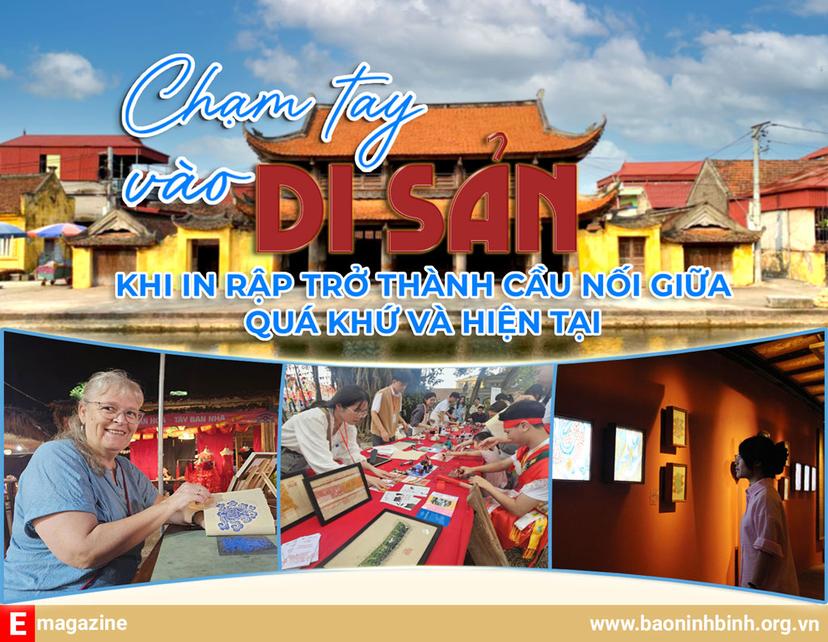
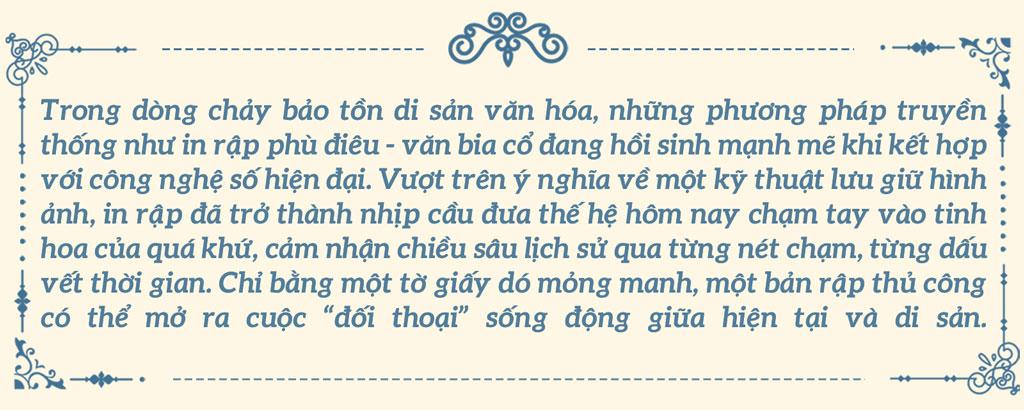
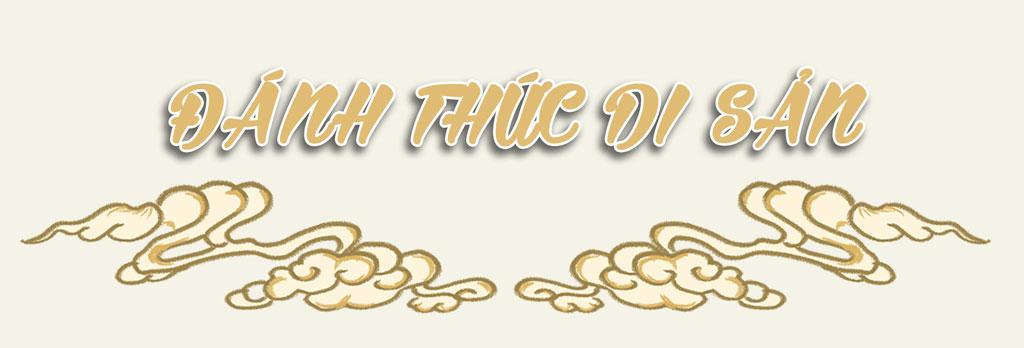
Located on the banks of the Red River in Xuan Hong Commune, Xuan Truong District, Nam Dinh Province (now Xuan Hong Commune, Ninh Binh Province), Keo Hanh Thien Pagoda, a special national relic, is one of the typical ancient Buddhist structures of the Northern Delta. Associated with Zen Master Duong Khong Lo, the National Master of the Ly Dynasty, the pagoda is not only a center of religious activities but also a place containing a unique cultural and architectural treasure. Over hundreds of years, this place still preserves many traditional architectural and artistic items of the Le - Nguyen Dynasty, with a system of reliefs, carved patterns and steles of special historical and artistic value.
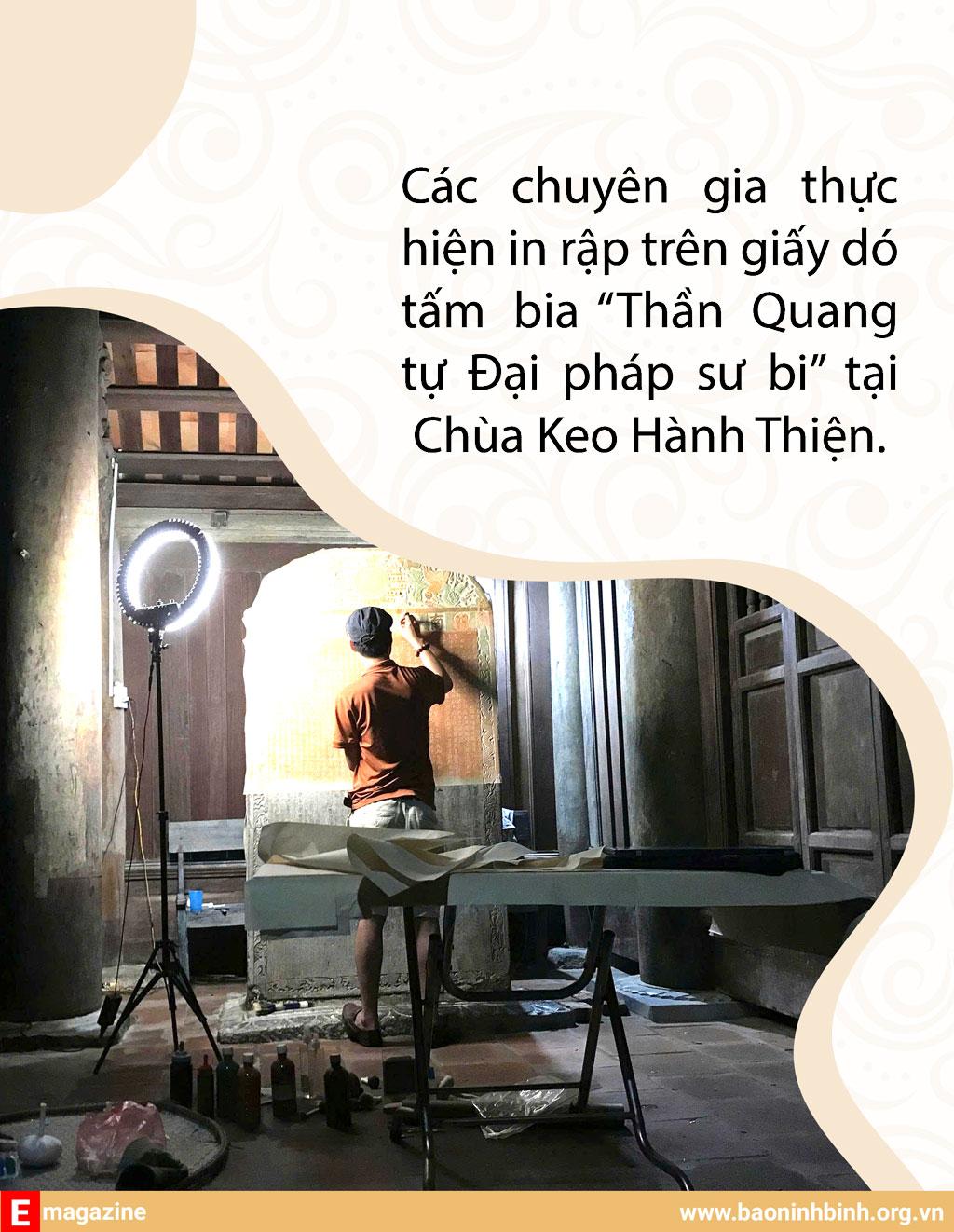
However, like many other ancient relics, Keo Hanh Thien Pagoda also faces great challenges in conservation work, due to the impact of time, environment and human activities. Precious carvings on the wooden architectural frame such as sacred animals, unicorns, sacred flowers and leaves, ... to stone carvings are facing the risk of gradual erosion and degradation. Faced with this situation, in 2023, a large-scale project to digitize Hanh Thien village heritage has been and is being implemented here, with the participation of conservation experts, researchers, architects, artisans and technology teams.
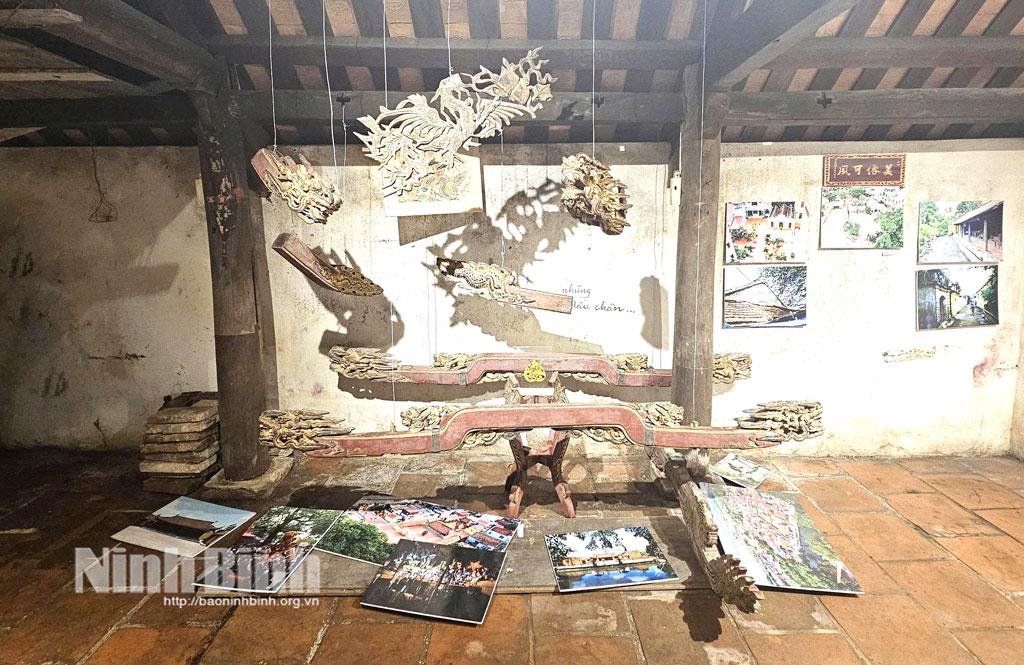
Installation work "Land spirit and human talent" in the exhibition "Good deeds and good reputation".
In the series of digitization activities, the printing method, an ancient oriental craft technique, has been applied to preserve the details, patterns, motifs and inscriptions on the reliefs, stone steles and wooden structures of the pagoda. Printing uses traditional Do paper combined with mineral oil to directly copy the surface of the artifacts, helping to accurately preserve traces that are difficult to fully represent with the naked eye or modern digital equipment.
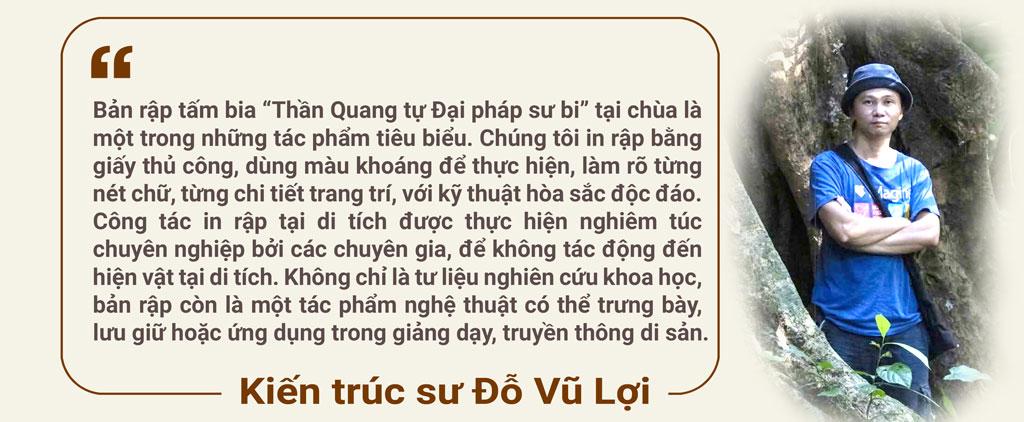
The highlight of this activity is the exhibition “Hanh Thien 200 years of name”, organized on the occasion of the two-century anniversary of the village named Hanh Thien. The exhibition displayed many ancient stele manuscripts, sketches, original documentary pictures of Keo Pagoda and cultural products created from printed documents, attracting special attention from local people and tourists. From the manuscripts, viewers can visualize more clearly the cultural layers accumulated in each decorative carving and each ancient line.
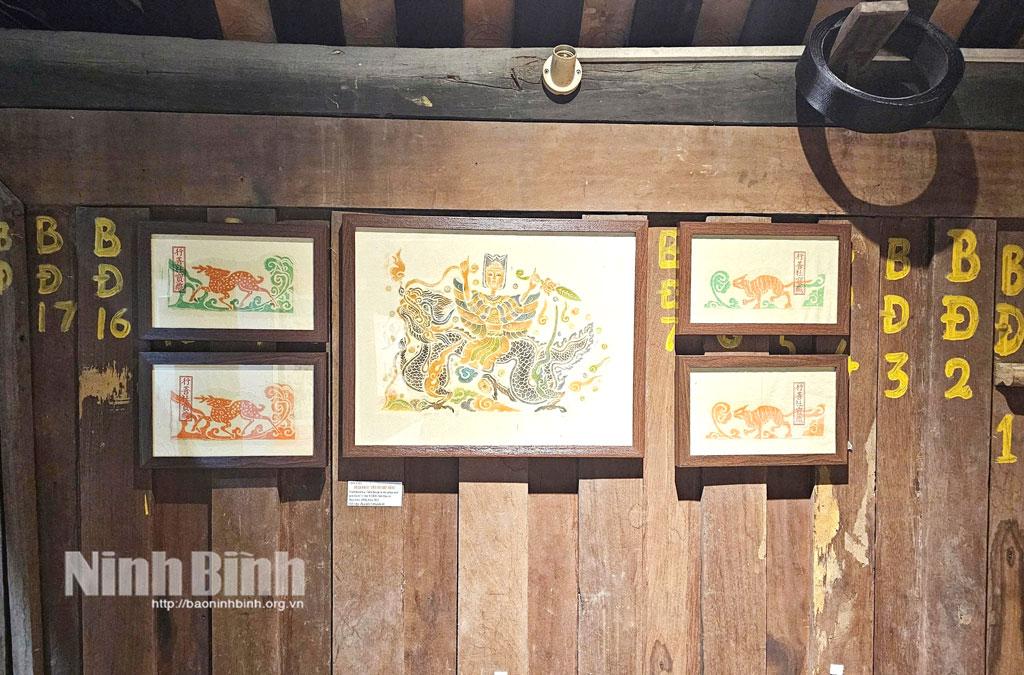
Traditional patterned prints are displayed at Keo Hanh Thien Pagoda.
Pattern printing is a method of accurately preserving original details, while creating an emotional and aesthetic approach to heritage. Each handmade pattern becomes a connecting thread between artifacts and communities, between traditional art and modern technology. On the sheets of Do paper imbued with the marks of time, the spirit of heritage is awakened, appearing vividly in the exhibition space and spreading into the memories of those who are walking through the long miles of heritage.
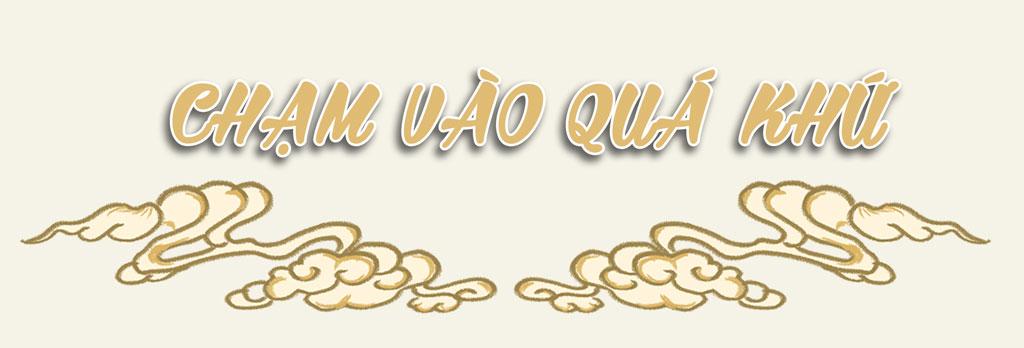
If at Keo Hanh Thien Pagoda, pattern printing is a scientific method serving the preservation and digitization of heritage, then at Trang An Scenic Landscape Complex, this manual technique is transformed into an educational and artistic activity, inspiring the community, especially the young generation. The patterns are no longer confined to research or exhibition spaces, but have stepped into everyday life, associated with the experiences and memories of each individual.
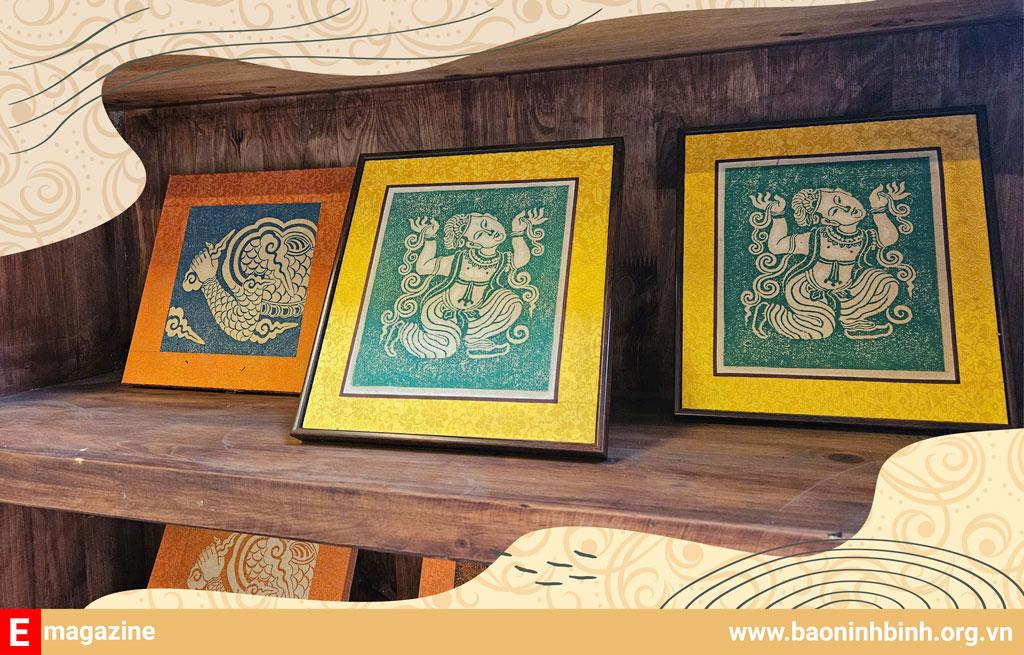
Ancient patterns printed on Do paper become tourist souvenirs.
In the experiential space organized by the Center for Research and Experimental Art (ERCA) at Trang An Eco-tourism Area, visitors can personally make a traditional print on Do paper, from the stages of mixing colors, placing molds, using fabric-covered molds and rollers to print the painting. Ms. Nguyen Tu Phuong Chi, ERCA Project Assistant, shared: “We design the engravings based on motifs that are typical of the ancient capital of Hoa Lu, such as excerpts from the Dragon Bed - a national treasure currently kept at King Dinh Temple with dragon hand motifs, sun, cloud, fire, etc. motifs, or the image of the snakehead fish, a typical king fish in the lowlands, engraved on the Dragon Bed. In addition, modern graphic themes depicting plants, flowers, and some special animals in Cuc Phuong National Park and Van Long Nature Reserve, such as butterflies and white-legged langurs, are also being exploited and introduced to visitors. Along with that, volunteers will introduce historical, cultural, and natural knowledge, conveying the story behind each motif, so that participants can understand the context of its creation, the symbolic meaning and cultural value of each pattern. That is also a way to help the heritage become closer, especially to the younger generation.”
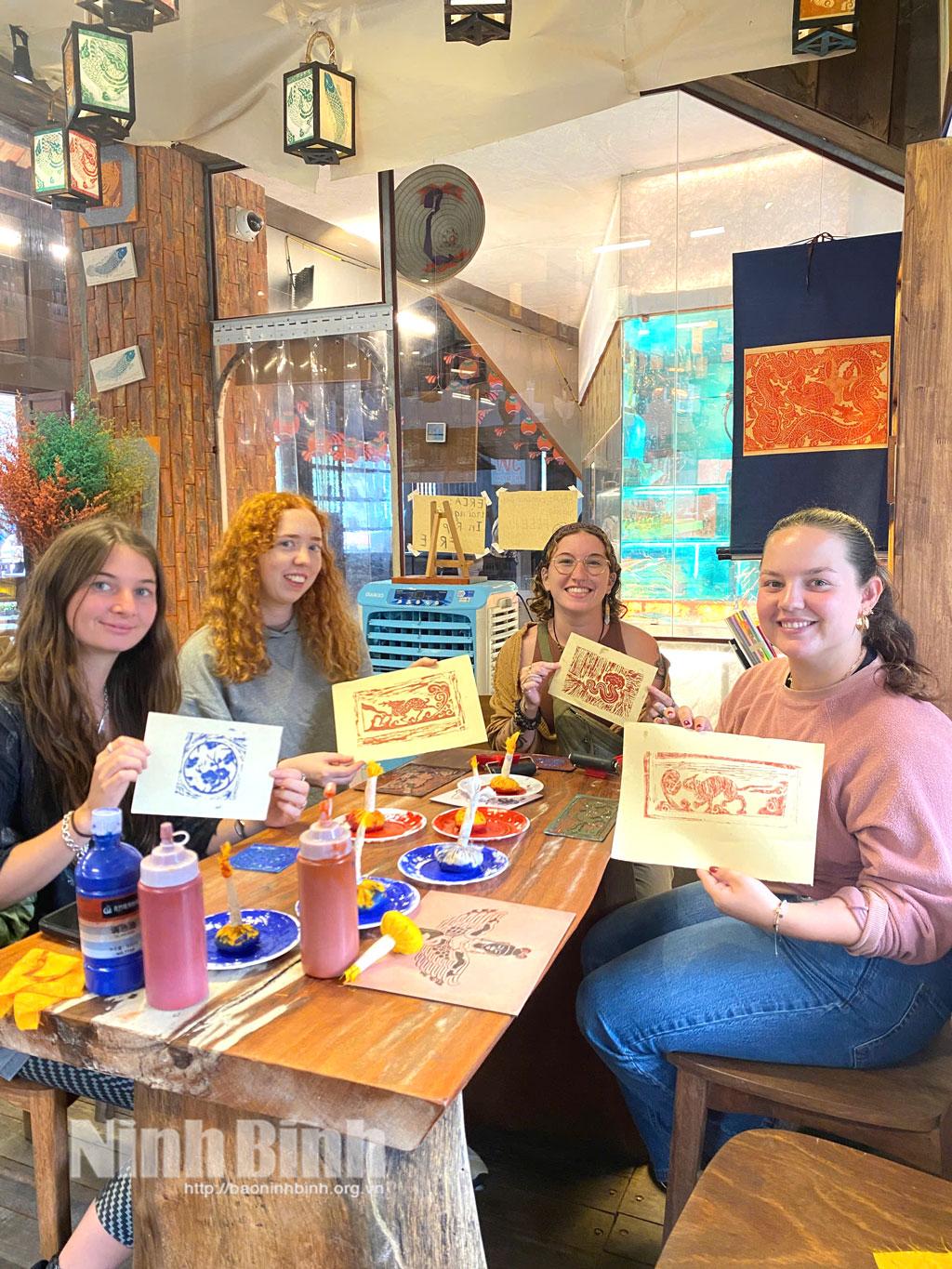
Foreign tourists enjoy the experience of printing pictures.
All printed products are “unique” because each operation, each ink touch, each color tone bears a personal mark, recording different creative moments of each person. Thereby, giving visitors extremely impressive experiences. Maddy, 25 years old, a tourist from England expressed her excitement after completing the first print: “I never thought I could create a traditional work with just my hands and creative experience. The interesting thing is that I not only practice but also understand the meaning of the image - like the fish symbolizing fertility and harvest. I will keep this print as a special memory from Vietnam”.
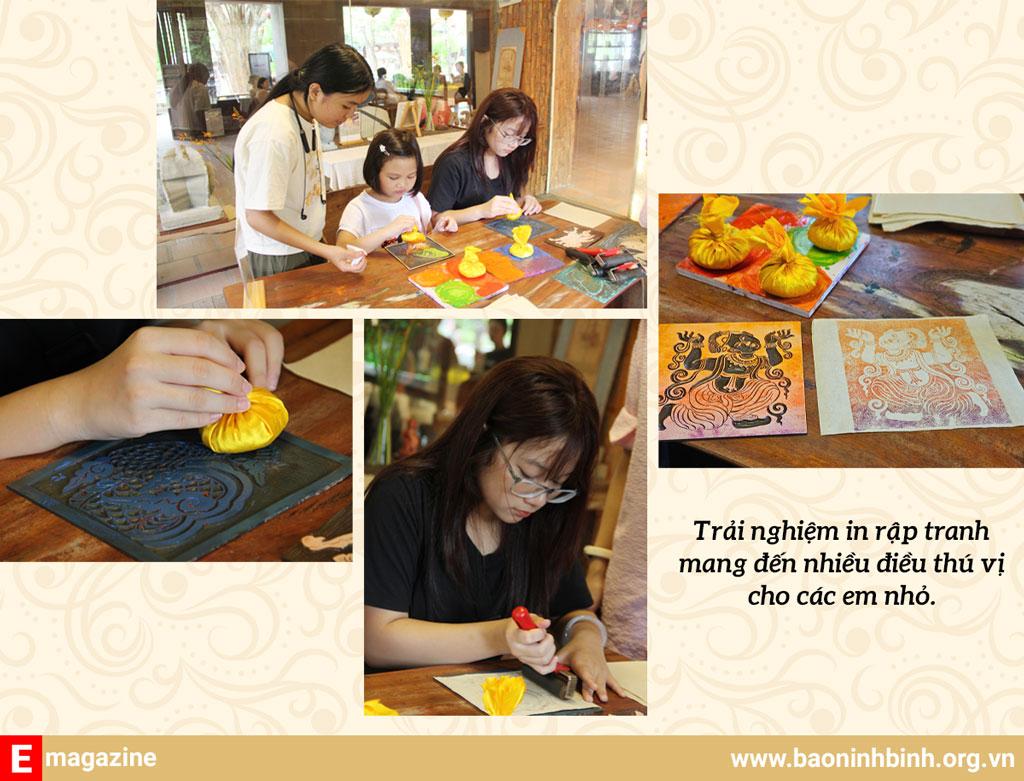
Not only foreigners, many Vietnamese families also found the value of connection when participating in this activity. Ms. Pham Thi Thu Hanh (Nam Dinh ward) and her two young daughters came to Trang An for the first time, emotionally sharing: "My children only knew about ancient paintings and patterns through textbooks, but today they got to do it themselves and see it with their own eyes, they really liked it. I think this is a very effective way to learn history and fine arts."
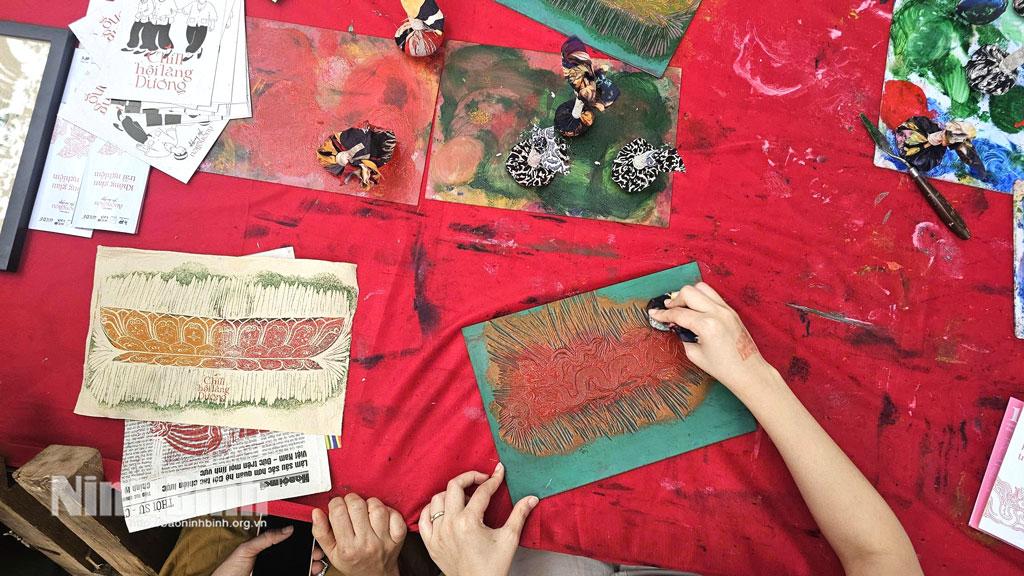
The manual printing process brings interesting experiences to visitors.
It can be seen that, when designed appropriately, printing, from a scientific preservation technique, can become a method of transmitting and spreading a vibrant and sustainable culture. Each small painting is a slice of cultural memory, contributing to bringing heritage closer to daily life. Experiencing by hand, understanding by heart and bringing true values, that is the journey of "touching heritage" in the true sense.
Source: https://baoninhbinh.org.vn/cham-tay-vao-di-san-khi-in-rap-tro-thanh-cau-noi-giua-qua-987411.htm


![[Photo] 60th Anniversary of the Founding of the Vietnam Association of Photographic Artists](/_next/image?url=https%3A%2F%2Fvphoto.vietnam.vn%2Fthumb%2F1200x675%2Fvietnam%2Fresource%2FIMAGE%2F2025%2F12%2F05%2F1764935864512_a1-bnd-0841-9740-jpg.webp&w=3840&q=75)

![[Photo] National Assembly Chairman Tran Thanh Man attends the VinFuture 2025 Award Ceremony](/_next/image?url=https%3A%2F%2Fvphoto.vietnam.vn%2Fthumb%2F1200x675%2Fvietnam%2Fresource%2FIMAGE%2F2025%2F12%2F05%2F1764951162416_2628509768338816493-6995-jpg.webp&w=3840&q=75)



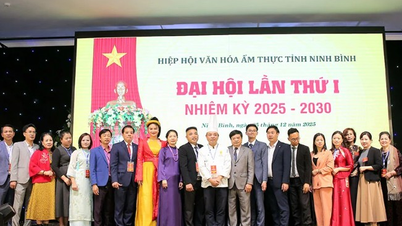

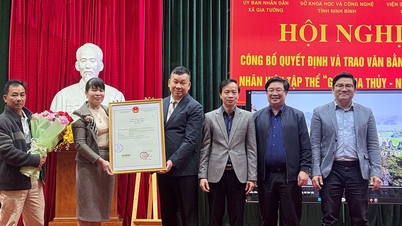








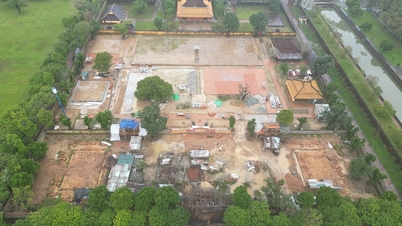
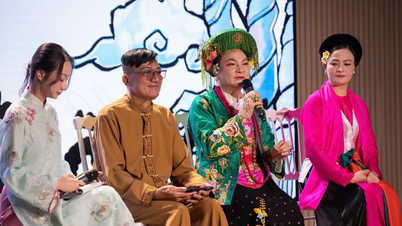



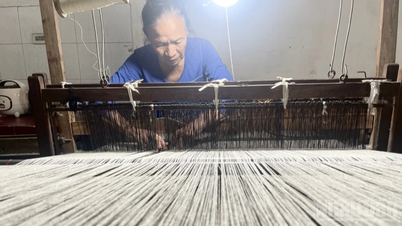

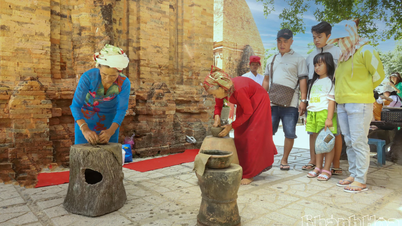





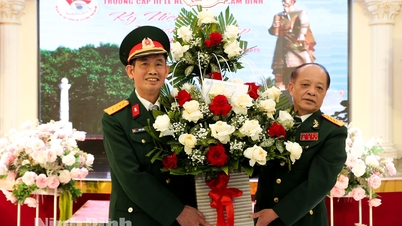

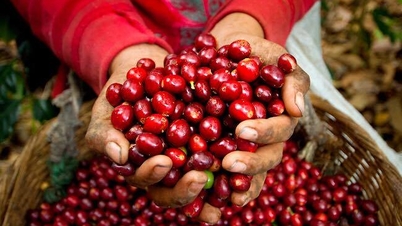
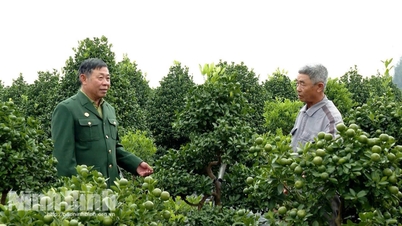
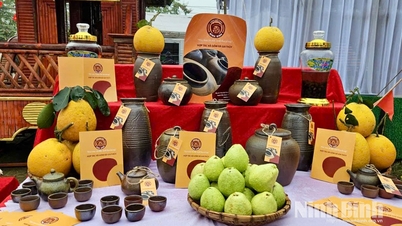

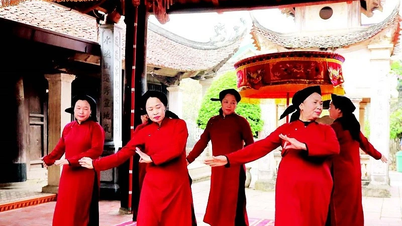
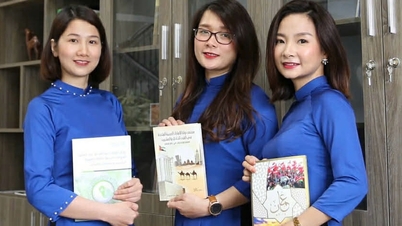












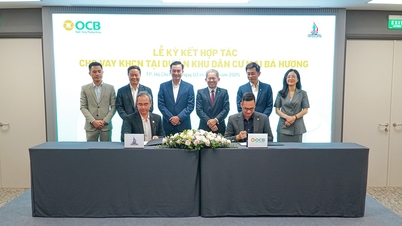
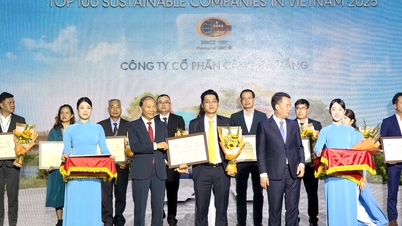
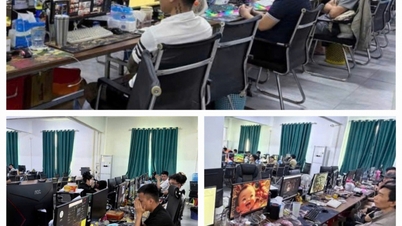
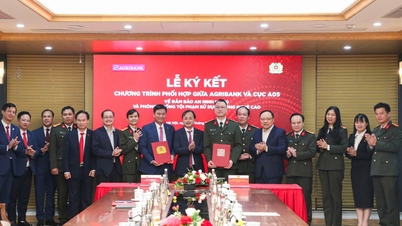

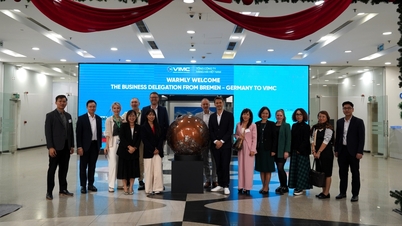








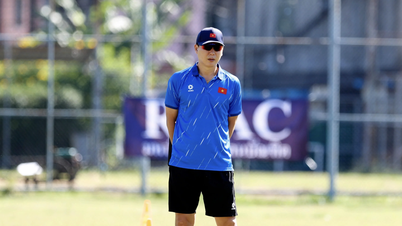











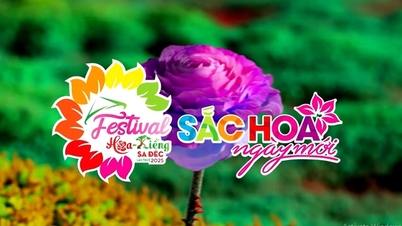




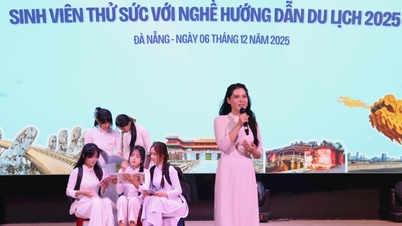



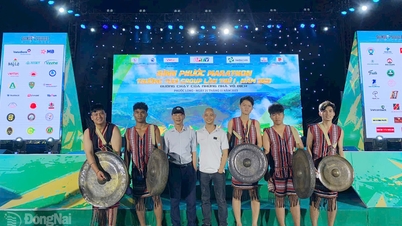
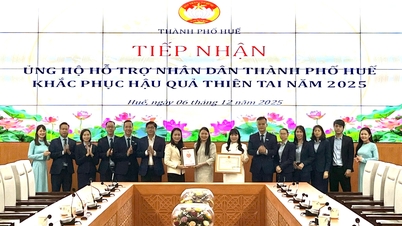














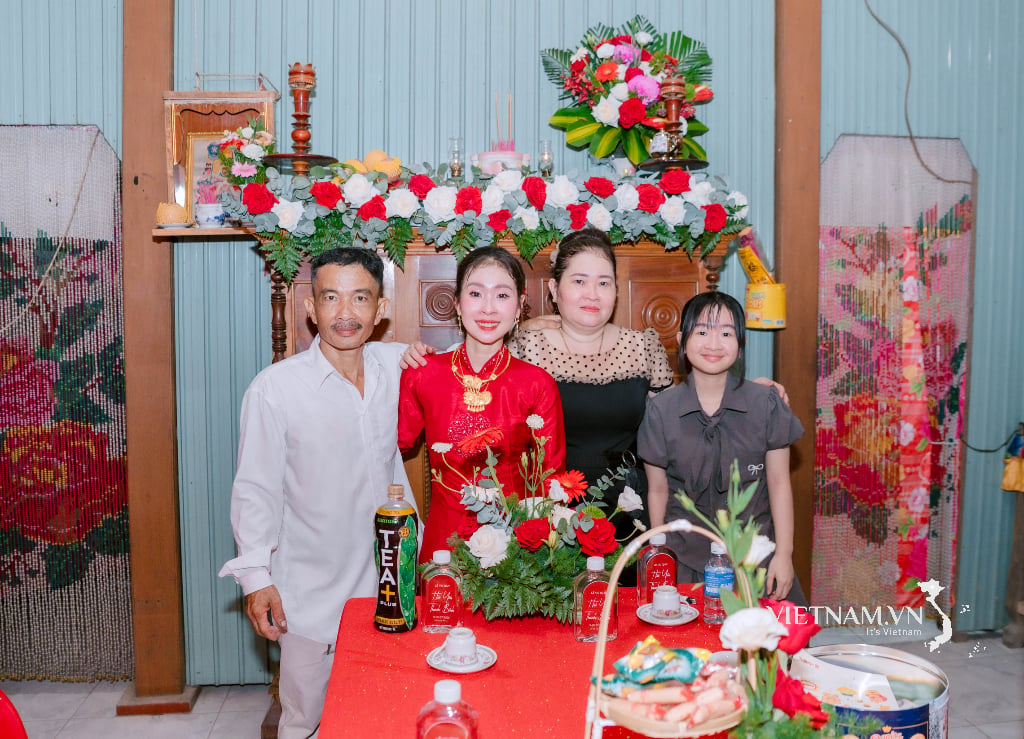

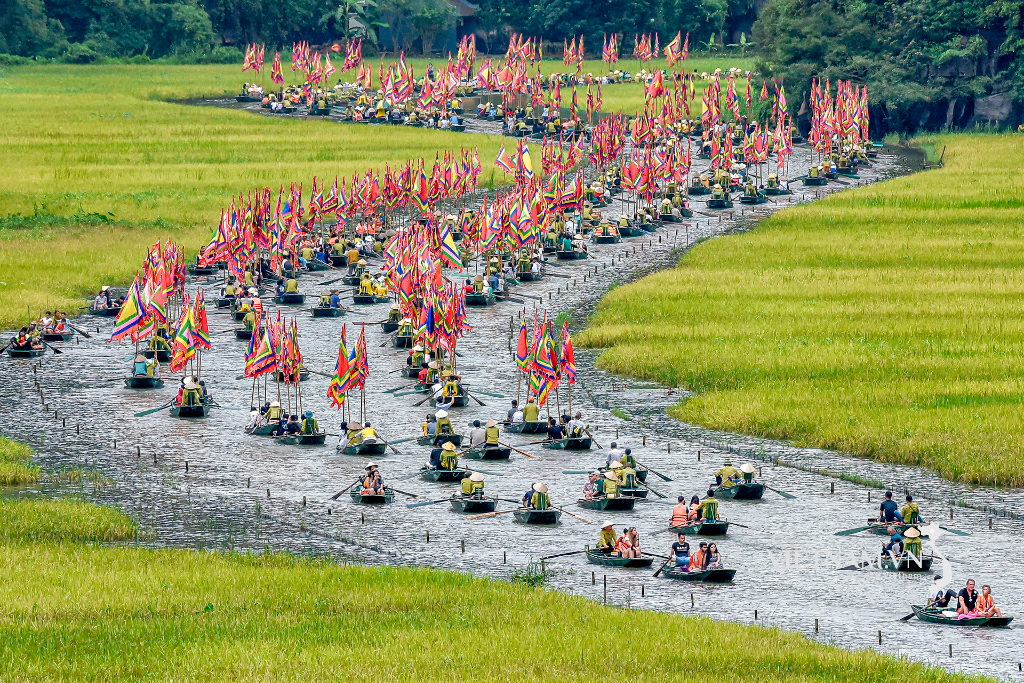




Comment (0)